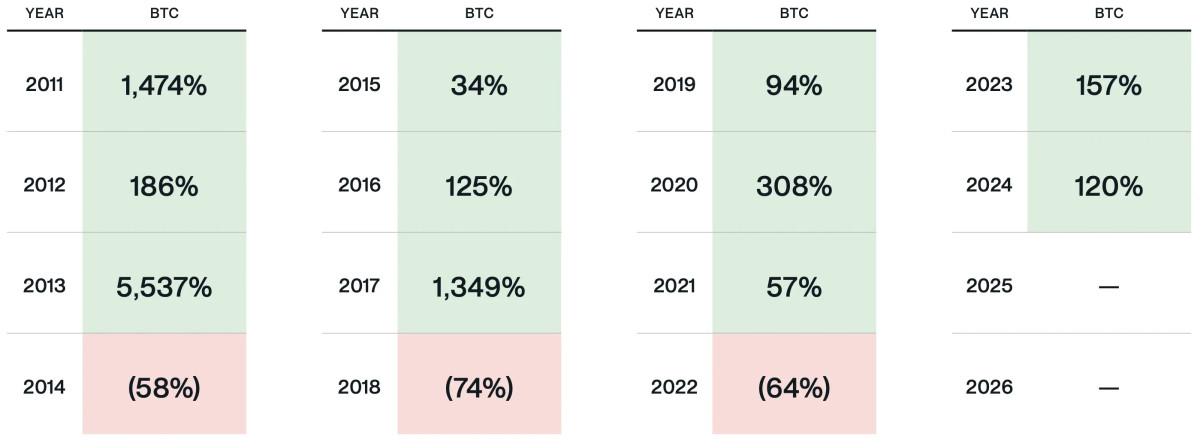Marathon yesterday announced their Anduro layer two proposal. While there aren't really any fundamentally new pieces or developments in the Anduro design, they do compose in slightly different ways compared to other existing sidechain systems such as RSK or Liquid/Elements.
Anduro is a federated model that makes use of a quorum, referred to as the “Collective” in the released documents. The main distinction between Anduro and other sidechain proposals is the explicit design based around the Collective operating and being capable of spinning up and managing multiple sidechains with different architectures. This is not so dissimilar from the concept of drivechains enabled a wider network of sidechains, rather than a singular one.
Anduro is also going to be merge mined, which like RSK (also using a federated peg), does not offer any type of added security for the bitcoin pegged into the sidechain held by the federation. It does however, also like RSK, provide POW security to other assets that might be issued on the sidechain not pegged in from the mainchain and custodied by the federation.
Peg And Consensus Model
The actual peg between the mainchain and the sidechain is fundamentally the same thing as Liquid, and in detail looks to be roughly identical in terms of structure and implementation. The Collective will be launched with 15 members as Functionaries, the entities actually handling the multisig keys involved with managing the peg, and 50 or more Contributors, which seem to be similar to Liquid partial members that can whitelist and initiate withdrawals from the sidechain(s) even though they are not active participants in processing those withdrawals.
Also like Liquid, Anduro will also use a formal organization to handle matters of governance. I.e. handling upgrades to the network, deciding on future changes to the membership set of the federation, and in general any issues that will come up in regards to the operation of the sidechains the Collective is operating. The federation’s security ultimately relies on jurisdictional diversity in order to maintain any type of censorship resistance or safety from fund confiscation even though a federation is composed of honest members.
The interesting part of the design here, is unlike RSK, the Collective plays an active role in the consensus process beyond facilitating the operations of the peg mechanism. In Anduro, the Collective actually comes to consensus on the block contents for the sidechain through a Byztanine Fault Tolerant (BFT) algorithm or round robin selection where a single member constructs the blocks for that round. They also periodically sign blocks to function as a checkpointing system to prevent reordering of anything in the historical past. Once signed and checkpointed, miners are incapable of reorging any sidechain blocks without the assistance of the Collective.
Both of these factors essentially function as a firewall between Miner Extractable Value opportunities and the miners. MEV is any opportunity available to miners where reordering transactions, such as front running orders on a decentralized exchange, can present an opportunity for that miner to earn extra revenue when they mine their next block. MEV has shown a tendency to increase centralization pressures for block producers in other networks it has become prevalent in. Because of the fact that the Collective is actually deciding the contents of sidechain blocks, and miners are simply committing to them with proof of work, the Collective acts as a shield against those centralizing pressures for block producers (in Bitcoin’s case miners) by taking on the role of actual block construction.
Long term Marathon states they intend to work towards trustless peg mechanisms and consensus mechanisms, specifically citing BitVM as an example of how this could be achievable. While this draws into question the ability to maintain the MEV protections the current architecture has in such a transition, it currently prevents MEV from presenting a risk of centralization pressures for miners. It’s also important to note that BitVM ultimately as designed with a prover-verifier model inherently requires defined participants to manage any funds locked in a BitVM peg. While it does radically improve the security model of the peg by allowing provable penalization of dishonest participants by a single member, massive changes to BitVM’s design itself would be necessary to completely remove the need for the equivalent of a federation.
Overall the architecture strikes a nice balance of implementing a variant of existing sidechain designs, while in its current iteration intentionally creating a sort of protective layers between the sidechains and miners when it comes to the risks of MEV.
The First Two
On launch Anduro will have support for two sidechain architectures, one based on Bitcoin, the other on Ethereum.
Coordinate: Coordinate is the Bitcoin sidechain variant. It will implement small changes to Bitcoin, including native support for asset issuance similar to Liquid, and is intending to cater towards Ordinals and token use cases such as BRC-20, and the primitive DeFi products and services that have built up around them.
Alys: Alys is the Ethereum sidechain variant, essentially just porting the Ethereum Virtual Machine and Solidity to a Bitcoin sidechain. The hope is that it can provide a new learning curve environment for Ethereum application developers to shift their focus towards building services and tools on top of Bitcoin.

You can get bonuses upto $100 FREE BONUS when you:
💰 Install these recommended apps:
💲 SocialGood - 100% Crypto Back on Everyday Shopping
💲 xPortal - The DeFi For The Next Billion
💲 CryptoTab Browser - Lightweight, fast, and ready to mine!
💰 Register on these recommended exchanges:
🟡 Binance🟡 Bitfinex🟡 Bitmart🟡 Bittrex🟡 Bitget
🟡 CoinEx🟡 Crypto.com🟡 Gate.io🟡 Huobi🟡 Kucoin.




















Comments